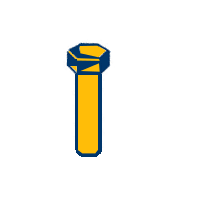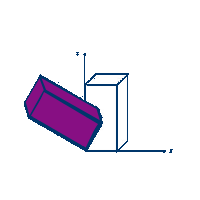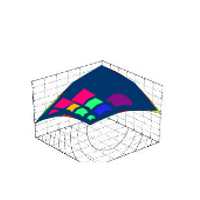Fluid body behavior can be modeled while taking into account the solid structures. In this case, the fluid must be represented finely enough so that the coupling generates a representative and specific behavior of the solid structure, but simply enough to minimize excessive calculation time. AROBAS Technologies masters 4 fluid-structure coupled models:
- The fluid / structure dynamic vibratory interaction that takes into account a fluid medium in a modal analysis, or dynamic response simulation;
- The ELC (Eulerien-Lagrangien Couple) for rapid dynamics, in which fluid bodies are represented by Eulerian elements (the material can flow through the mesh) and the solids are typically represented by Lagrangian elements (the material cannot flow through the mesh). The two environments usually interact by contact;
- The SPH (Smooth Particle Hydrodynamics) for rapid dynamics, where fluid bodies are represented by particles bound together by force functions. The two environments usually interact by contact;
- The fluid cavity for general static studies and rapid dynamics that model a pocket of fluid in a comprehensive manner. The interaction is modeled a pressure surface on the walls. It is governed by analytical laws binding pressure to temperature, volume, and fluid quantity. All these variables are considered uniform for the same cavity.





















